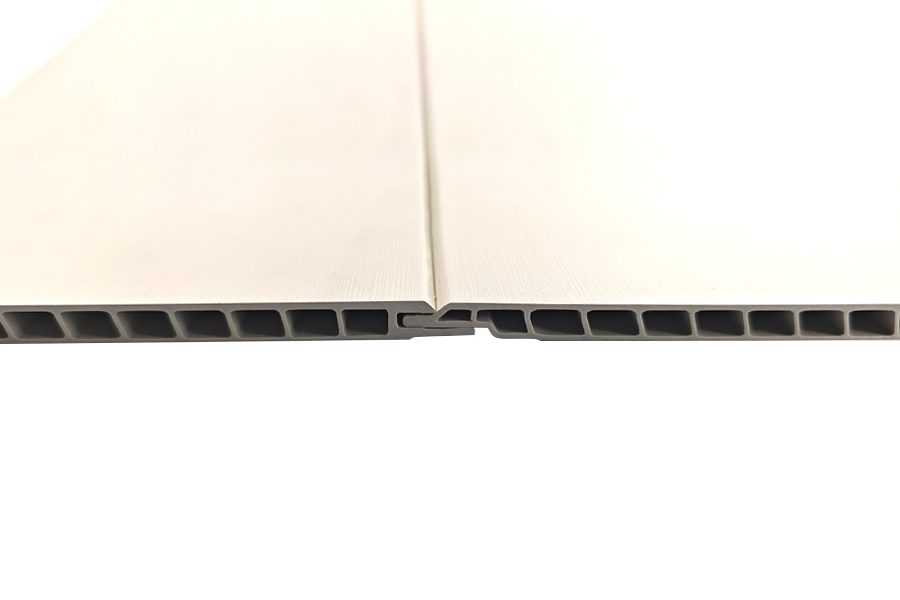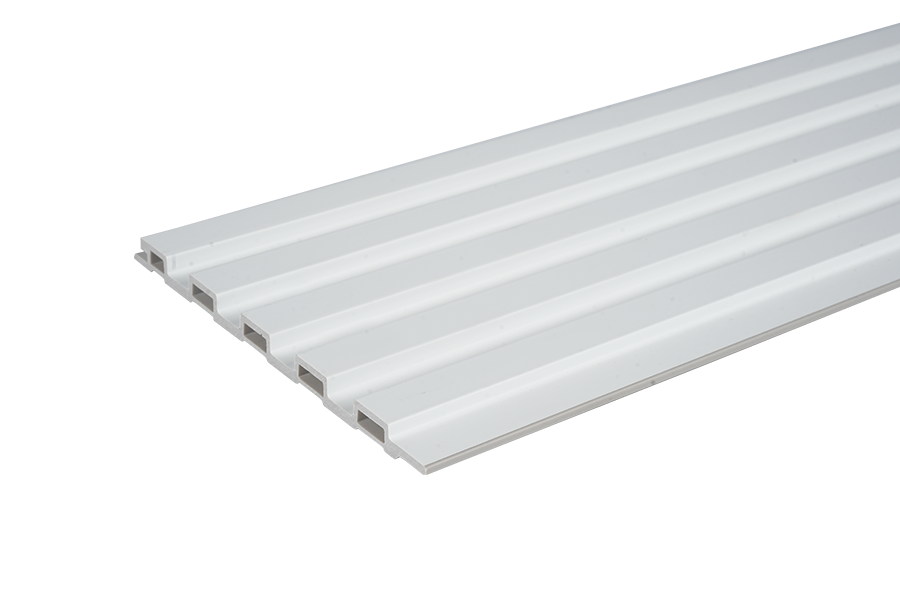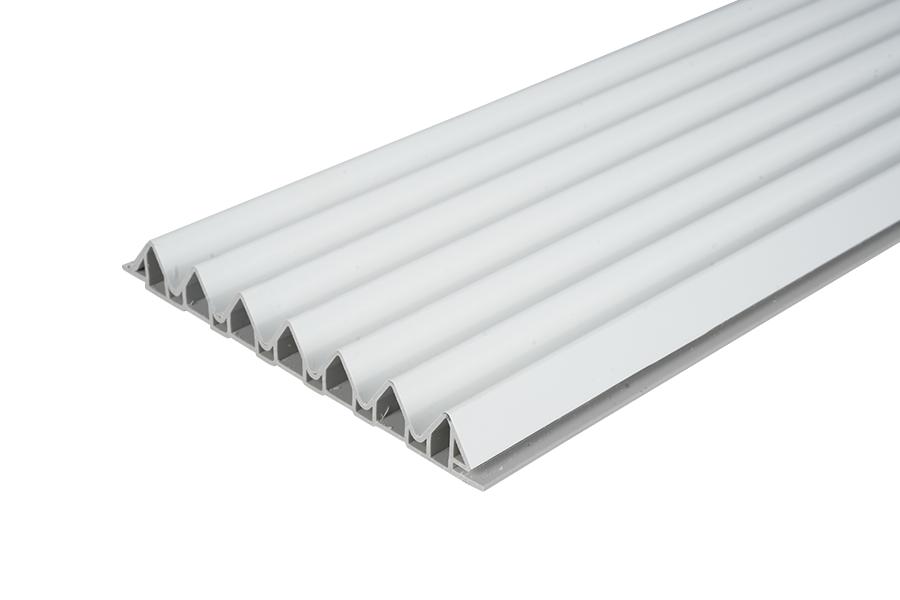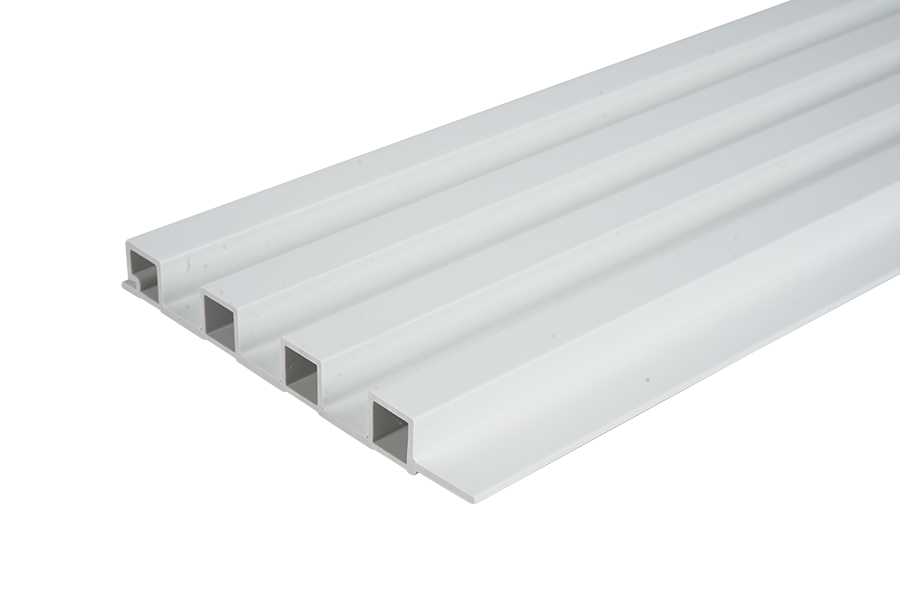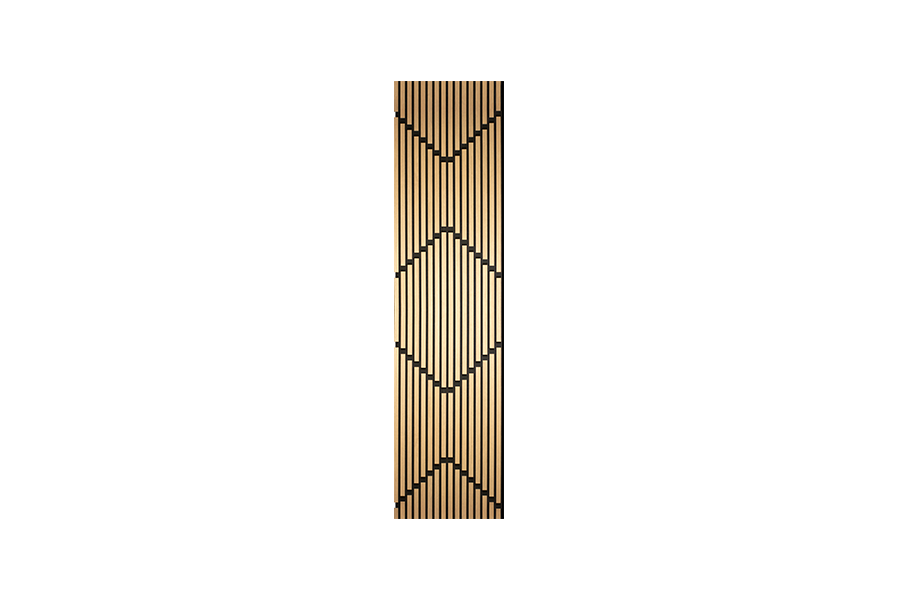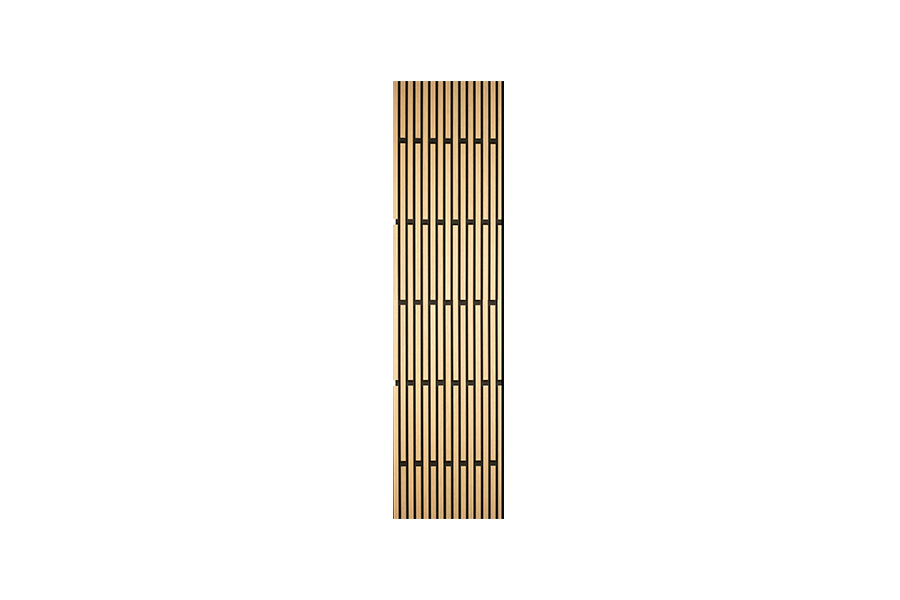In the dynamic world of interior design, innovation is the key to creating spaces that are not only visually appealing but also functional. One area where this is particularly evident is in the transformation of interior acoustic panels. These panels have evolved from simple sound-absorbing tools to sophisticated design elements that enhance both the aesthetics and acoustics of a room. With the introduction of interior new materials, the possibilities for interior acoustic wall panels have expanded, offering homeowners and designers a wealth of options to create unique, comfortable, and sound-friendly spaces.

The Role of Interior Acoustic Panels in Modern Design
Interior acoustic panels are no longer just about noise reduction; they have become an integral part of interior design, blending seamlessly with the decor to enhance the overall ambiance of a room. These panels are designed to absorb sound waves, reducing echoes and reverberations, which is particularly important in modern open-concept living spaces where noise can easily travel from one area to another.
The Impact of Interior New Materials on Panel Design
The rise of interior new materials has had a profound impact on the design and functionality of interior acoustic wall panels. Traditional materials like fiberglass and foam have been joined by more sustainable options such as recycled wood, bamboo, and even mineral wool. These materials not only offer environmental benefits but also bring a new level of sophistication and variety in terms of textures, colors, and patterns.
Incorporating Interior New Materials into Acoustic Panel Design
One of exciting aspects of interior new materials is their versatility. Designers can now create custom interior acoustic wall panels that match the unique style of any space. For instance, the use of recycled wood can add warmth and character to a room, while mineral wool offers a sleek, modern look. These materials can be crafted into panels of various shapes and sizes, allowing for a high degree of customization.
Sustainability and Aesthetics with Interior Acoustic Panels
The demand for eco-friendly solutions in interior design has led to the development of interior acoustic panels that are not only good for the environment but also visually striking. By using interior new materials that are sustainable, designers can create panels that reduce a space's carbon footprint while also serving as a design statement. This dual focus on sustainability and aesthetics is a win-win for both the planet and the people who live in these spaces.
The Sound Benefits of Interior Acoustic Wall Panels
While the visual appeal of interior acoustic wall panels is undeniable, their primary function remains to improve the acoustics of a room. By absorbing sound, these panels can help to create a more comfortable environment, reducing noise pollution and enhancing the clarity of speech and music. This is particularly important in spaces like home theaters, music rooms, and offices, where clear communication and sound quality are essential.
The Future of Interior Acoustic Panels
As technology and material science continue to advance, the future of interior acoustic panels is bright. We can expect to see even more innovative interior new materials being incorporated into their design, cause panels that not only look good but also offer improved sound absorption and other benefits. The integration of smart technologies, such as sensors that can adjust the panels' sound-absorbing properties based on the room's acoustic needs, is also on the horizon.
The transformation of interior acoustic wall panels with the introduction of interior new materials is a testament to the evolving nature of interior design. These panels are no longer an afterthought but a key component of creating a space that is both beautiful and functional. By embracing the latest materials and technologies, designers and homeowners can create spaces that not only look great but also provide a comfortable and acoustically pleasing environment. As we continue to push the boundaries of what's possible with interior acoustic panels, the future of sound-friendly design is promising.






 Español
Español عربى
عربى русский
русский


